UMass Amherst.
It can even detect smells given off by people afflicted with a wide range of medical conditions, such as asthma and kidney disease, according to a press release by the institution published Wednesday.
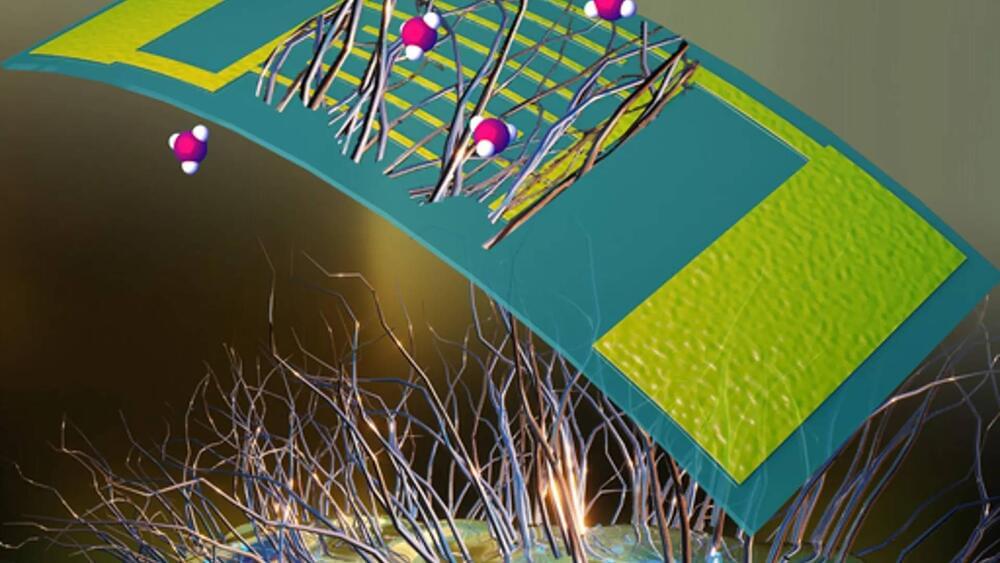
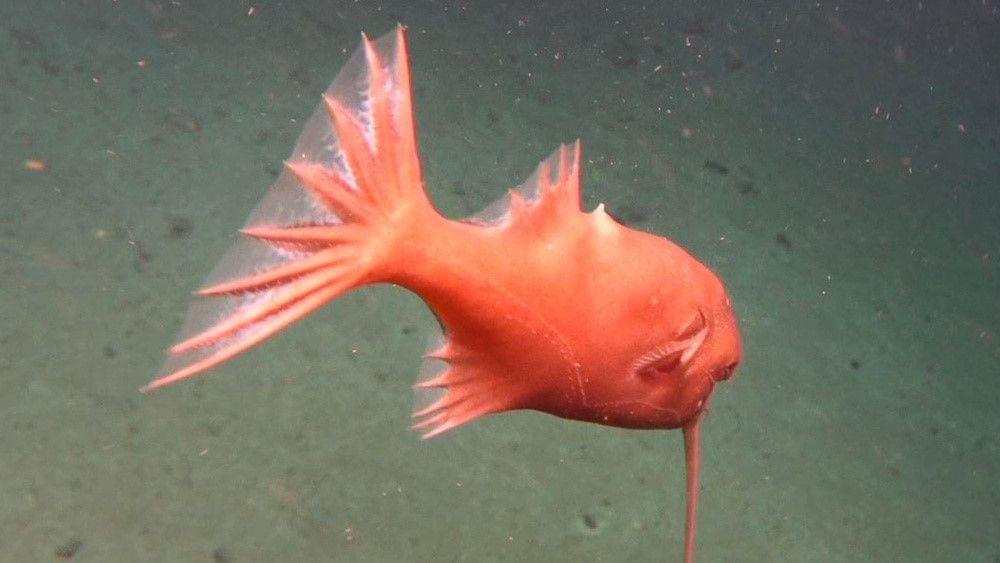
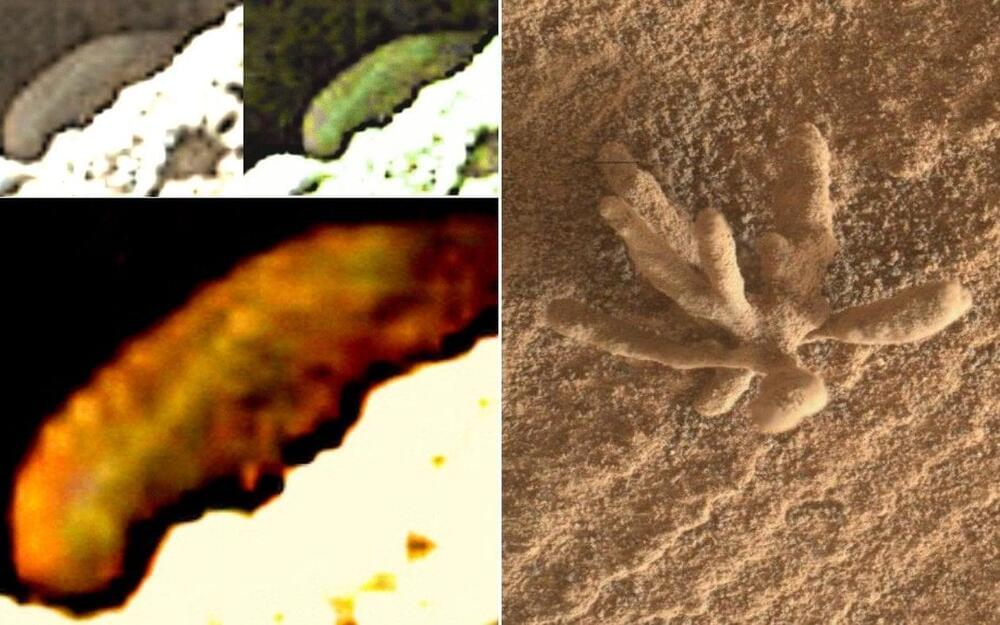
Group of academics say they have identified fossilised sponges, corals, worm eggs, algae and more on planet’s surface.
Is it a millipede? Is it a rock?
That is the question that is troubling some scientists who believe that life may already have been found on Mars, if you just look carefully enough.

Subscribe for more great Philip K Dick audiobooks ::
https://www.youtube.com/channel/UC9OaAFInNSwLdyueyI6Taxg.
“We Can Remember It for You Wholesale” is a short story by Philip K. Dick first published in The Magazine of Fantasy & Science Fiction in April 1966. It features a melding of reality, false memory, and real memory. The story has been the subject of two film adaptations, 1990’s Total Recall, with Arnold Schwarzenegger as the story’s protagonist; and 2012’s same-titled with Colin Farrell in a similar role.
Douglas Quail, a simple and ordinary clerk, wishes to visit Mars. Unable to afford it, he visits a company, REKAL (pronounced “recall”) Incorporated, which promises to implant an “extra-factual memory” of a trip to Mars as a secret agent. The procedure involves administration of narkidrine, a sedative and truth drug, which causes Quail to remember and reveal that he actually did go to Mars as a secret government agent. His conscious memories of the trip have been erased, but his initial desire to sign up for the trip cannot be removed. The REKAL staff quickly get Quail out of their office without implanting anything, but his real memories are now returning slowly. At home, he finds physical evidence to support his trip but also remembers that he attended REKAL. This conflict causes him to angrily return for a refund, which he is given.
When two police officers show up to kill him, Quail discovers that his former handlers have been reading his thoughts by means of an implanted device that was used to communicate with him during his mission on Mars. As more memories return, he realizes that he was an assassin for the government, but also remembers how to disarm the cops and escape. Since he can be tracked by the device, this cannot last for long. He thus makes a deal for the memory of his Mars mission to be replaced by a false memory of his deepest fantasy as analyzed by psychiatrists, in order to prevent any further desires to visit REKAL. He is sent back to REKAL for the procedure, but under the narkidrine, he reveals that the memories they are about to implant are real — that aliens visited him when he was nine and were so touched by his kindness and compassion that they decided to postpone their invasion until his death. By simply remaining alive, he is the most important person on Earth, and the government is now unable to kill him.
Philip K Dick :: We Can Remember It For You Wholesale :: Alternate Version.
Philip K Dick :: Do Androids Dream Of Electric Sheep :: Complete Audiobook https://www.youtube.com/playlist?list=PL8FOUNWblapUdeQ86NW1SrmVno-jsDknO


Tiny traces of protein lingering in the bones and teeth of ancient humans could soon transform scientists’ efforts to unravel the secrets of the evolution of our species.
Researchers believe a new technique – known as proteomics – could allow them to identify the proteins from which our predecessors’ bodies were constructed and bring new insights into the past 2 million years of humanity’s history.
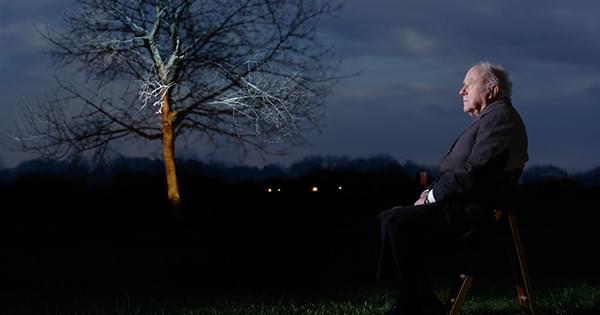
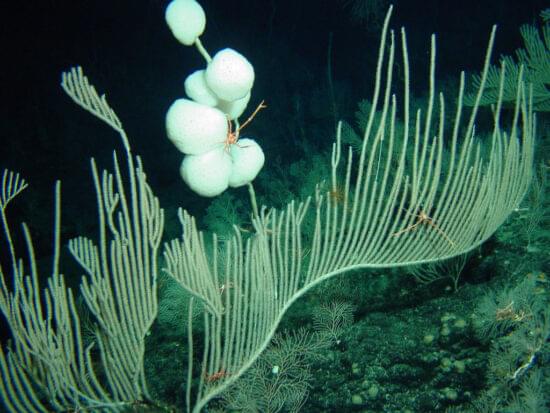

For fans of bioethical nightmares, it’s been a real stonker of a month. First, we had the suggestion that we use comatose women’s wombs to house surrogate pregnancies. Now, it appears we might have a snazzy idea for what to do with their brains, too: to turn them into hyper-efficient biological computers.
Lately, you see, techies have been worrying about the natural, physical limits of conventional, silicon-based computing. Recent developments in ‘machine learning’, in particular, have required exponentially greater amounts of energy – and corporations are concerned that further technological progress will soon become environmentally unsustainable. Thankfully, in a paper published this week, a team of American scientists pointed out something rather nifty: that the walnut-shaped, spongy computer in your skull doesn’t appear to be bound by anything like the same limitations – and that it might, therefore, provide us with something of a solution.
The human brain, the paper explains, is slower than machines at performing basic tasks (like mathematical sums), but much, much better at processing complex problems that involve limited, or ambiguous, data. Humans learn, that is, how to make smart decisions quickly, even when we only have small fragments of information to go on, in a way that computers simply can’t. For anything more sophisticated than arithmetic, sponge beats silicon by a mile.